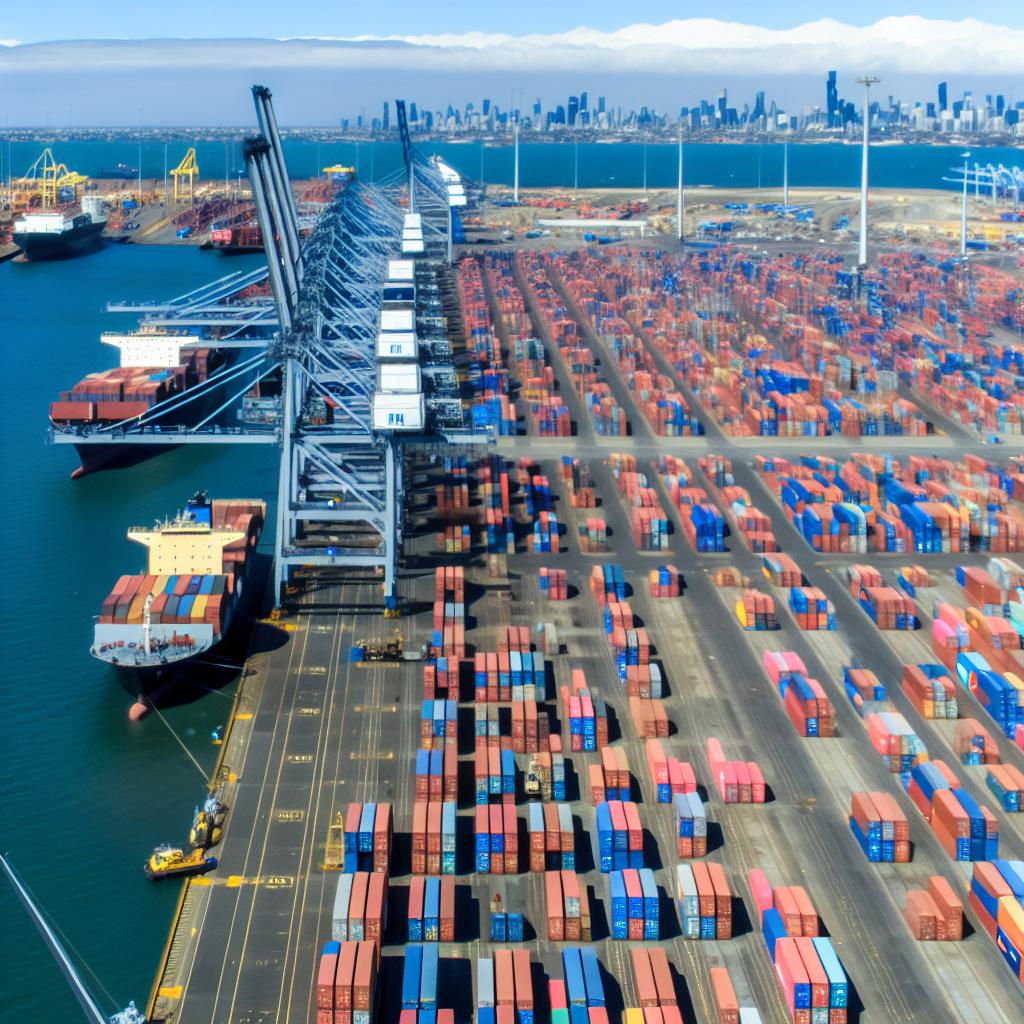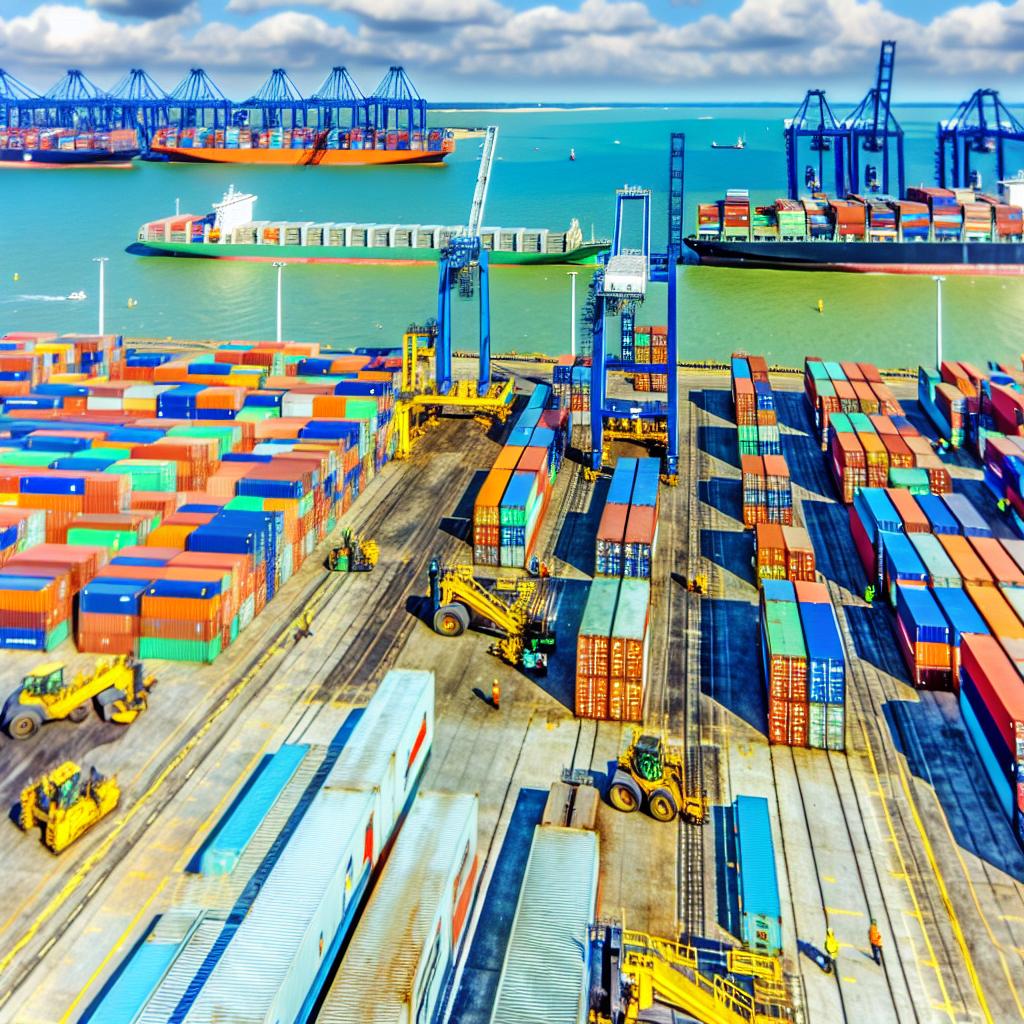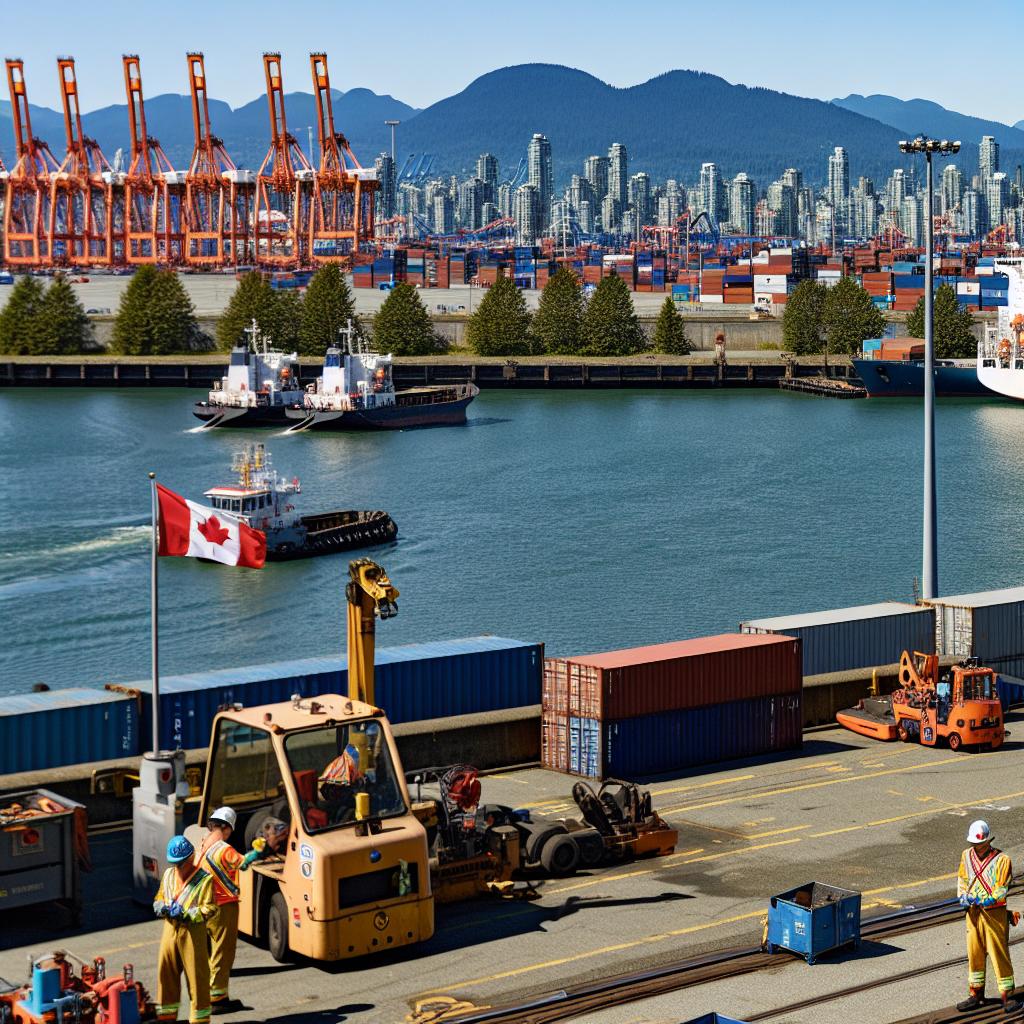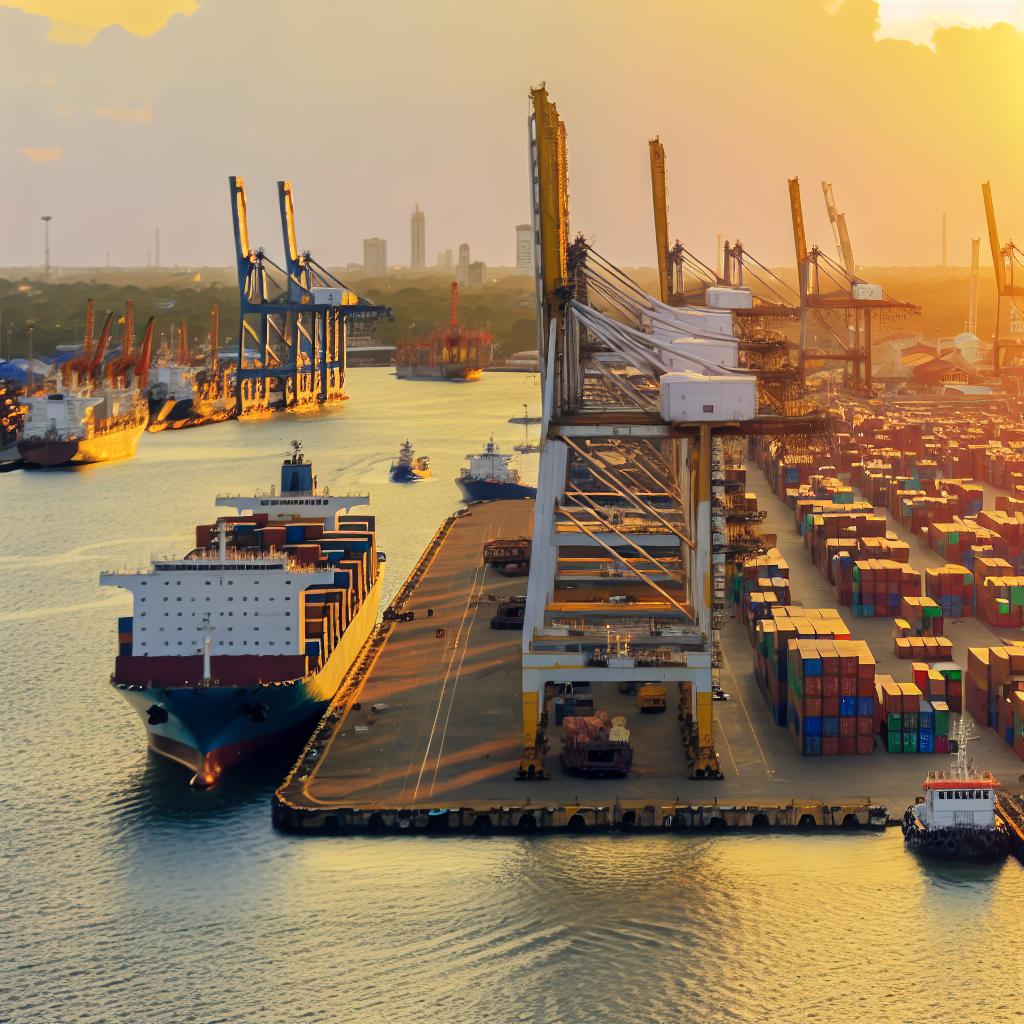Introduction
The Port of Melbourne stands as the largest and most important container port in Australia. Located strategically at the top of Port Phillip Bay, it serves as a major hub for both international and domestic trade. This port plays a crucial role in Australia’s economy, handling a substantial portion of the nation’s containerized freight.
Among the world’s major ports, the Port of Melbourne acts as a significant node in global trade networks. It bridges Australia with numerous international markets, underlining its pivotal role in trade facilitation. The port’s strategic location enhances its accessibility, making it an attractive option for shipping lines and businesses alike. Moreover, the port’s advanced logistics systems and robust infrastructure ensure that it caters to the diverse needs of its stakeholders efficiently.
Historical Background
Established in the mid-19th century, the Port of Melbourne has grown significantly alongside the city itself. Initially, it served the local economy, gradually expanding its reach as Australia’s economy diversified and globalized. Today, it is a leading gateway for goods entering and leaving the country.
Melbourne’s status as a major city owes much to the development of its port. The transportation and trade connections established by the port have accelerated Melbourne’s growth and industrialization, enabling the city to transform into a thriving metropolis. Through the decades, the port has undergone various developments. Expansions and enhancements have been implemented to accommodate larger vessels and increased freight volumes, cementing its status as a modern port capable of handling the demands of the contemporary global economy.
Key Features of the Port
The Port of Melbourne is distinguished by several key features that enhance its operational efficiency:
Size and Capacity: The port covers a vast area equipped with modern and high-capacity infrastructure that allows it to handle millions of containers annually. It hosts numerous terminals which specialize in the handling of different types of cargo such as containers, bulk goods, and liquid freight. Advanced management and planning strategies further optimize the port’s spatial usage, addressing congestion issues that can otherwise hamper productivity.
Infrastructure: The port possesses cranes and automated systems designed to expedite loading and unloading processes, ensuring quick turnaround times for vessels. The technological advancement of these infrastructures influences the port’s competitiveness, facilitating the swift movement of goods which is crucial in a world where time equals money.
Connectivity: The port is well-connected to national road and rail networks, facilitating seamless transportation of goods across Australia. Its intermodal features ensure that goods can transition smoothly between ships, trains, and trucks, enhancing logistical efficiencies. This connectivity is vital not only for the movement of imports and exports but also for regional economic integration.
Economic Impact
The economic significance of the Port of Melbourne cannot be overstated. As a major logistics center, it supports thousands of jobs directly and indirectly. The port’s operations significantly contribute to Victoria’s economy and, more broadly, to Australia’s national economic output.
Beyond the jobs and direct contributions to GDP, the port stimulates further economic activities throughout Australia. It acts as an enabler of various value-adding activities such as manufacturing, retail, and distribution, underscoring its importance to a wide range of industries. The trade facilitated through the port fosters competition, improves market access for Australian goods, and enhances consumer choices.
Future Prospects
Looking ahead, the Port of Melbourne is expected to continue evolving to meet the demands of increasing global trade volumes. Ongoing investments in infrastructure and technology are aimed at boosting efficiency and capacity. The port has a master plan focusing on infrastructure improvements to cater to future needs. Developments include the enhancement of existing terminals and the potential establishment of new logistics precincts.
Environmental sustainability is also a focus, with initiatives to minimize the port’s carbon footprint and environmental impact. Programs for reducing emissions, enhancing energy efficiency, and preserving marine habitats form part of the port’s broader commitment to sustainable operations. Adapting to climate change and minimizing environmental footprints are challenges that the port recognizes it must address to maintain its social license to operate.
In conclusion, the Port of Melbourne remains a cornerstone of Australia’s maritime industry, instrumental in the facilitation of trade and economic growth. Its developmental trajectory will be crucial not just for the local economy, but also for securing Australia’s place within an interconnected global trade environment. Through strategic planning and continuous innovation, the Port of Melbourne is set to uphold its status as a leading port in the Asia-Pacific region, maintaining relevance amid the challenges and opportunities of the 21st-century global economy.




